 My current commute/workout/kid taxi listening is old Berkshire Hathaway shareholder meetings after finding them in podcast format. (I know, out of all the choices available, somehow I find these the most stimulating?!) Here is a educational excerpt from the 2008 BRK meeting (transcript and video available at CNBC) where Charlie Munger is discussing how Berkshire works to avoid low-probability problems that could destroy the company now and in the future.
My current commute/workout/kid taxi listening is old Berkshire Hathaway shareholder meetings after finding them in podcast format. (I know, out of all the choices available, somehow I find these the most stimulating?!) Here is a educational excerpt from the 2008 BRK meeting (transcript and video available at CNBC) where Charlie Munger is discussing how Berkshire works to avoid low-probability problems that could destroy the company now and in the future.
CHARLIE MUNGER: Yeah. You can see how risk averse Berkshire is. In the first place, we try and behave in a way so that no rational person is going to worry about our credit.
And after we’ve done that, and done it for many years, we also behave in a way that, if the world suddenly didn’t like our credit, we wouldn’t even notice it for months, because we have such liquidity and are so unlikely to be — unable to be — pressured by anybody.
That double layering of protection against risk is like breathing around Berkshire. It’s just part of the culture.
[…]
We do not want to be dependent on anybody or anything else. And yet we want to keep doing things.
So, we’ve found a way to do it — we think we found a way — to do that. It may give up some of the — well, obviously gives up earning higher returns 99 percent of the time, and maybe 99.9 percent of the time.
Obviously, we could have run Berkshire with more leverage over the years than we have. But we wouldn’t have slept as well, and we wouldn’t feel comfortable — we’d have a lot of people in this room that have almost all their net worth in Berkshire, including me — and we wouldn’t feel comfortable running a business that way.
Why do it? I mean, it doesn’t — it just doesn’t make any sense to us to be exposed to ruin and disgrace and embarrassment and — for something that’s not that meaningful.
If we can earn a decent return on capital, you know, what’s an extra percentage point? It just isn’t that important.
Takeaways. The parallels for personal finance seem pretty straightforward:
- Maintain an excellent credit reputation (score). Having a good credit score will help you borrow for a house, buy a car, lower your insurance premiums in many cases, and finance larger projects and transactions. However, that credit line may still disappear quickly in a crisis.
- Maintain adequate liquidity separate from any credit lines. Imagine that you lose your job and can’t find a new one for six months. Can your household survive without major disruption? What if at the same time, your stocks also got a 50% haircut and everyone else is suffering as well? Do you have cash or liquid assets to tide you over?
- Accept that this level of safety means you won’t earn the highest returns. You’ll do fine, but you may not do as well as someone else who bet it all (or more than all using leverage) what happened to be the right thing during the good times. That’s okay, because you won’t be exposed to ruin.


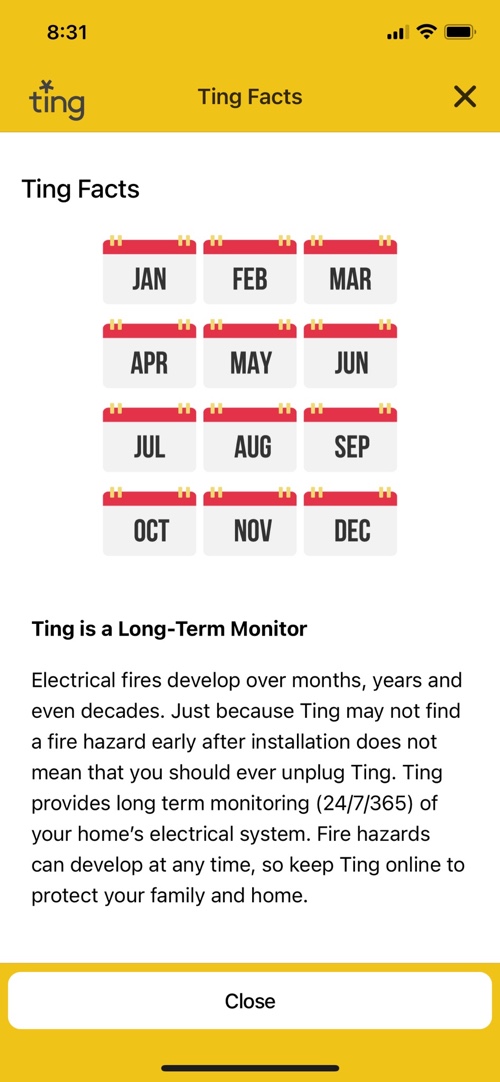
 Updated for 2021. Here is the second part of my big list of free consumer reports from over 50 different reporting agencies. The first part included your
Updated for 2021. Here is the second part of my big list of free consumer reports from over 50 different reporting agencies. The first part included your  Many of us are driving less these days. Nearly all of the major auto insurers are providing some sort of refund – this
Many of us are driving less these days. Nearly all of the major auto insurers are providing some sort of refund – this 
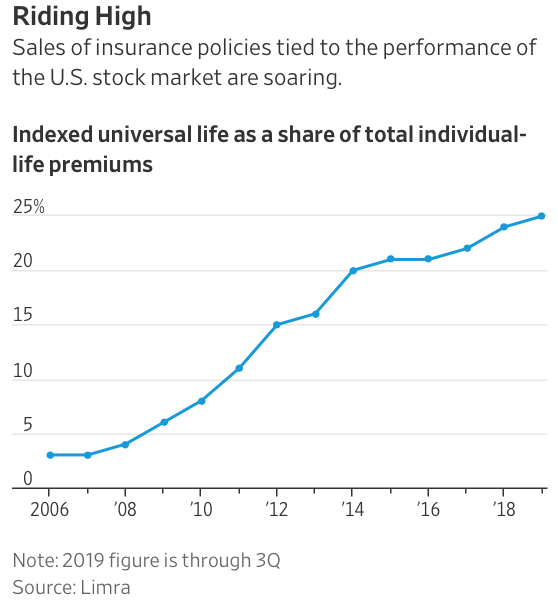
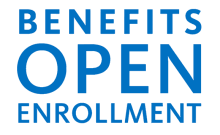

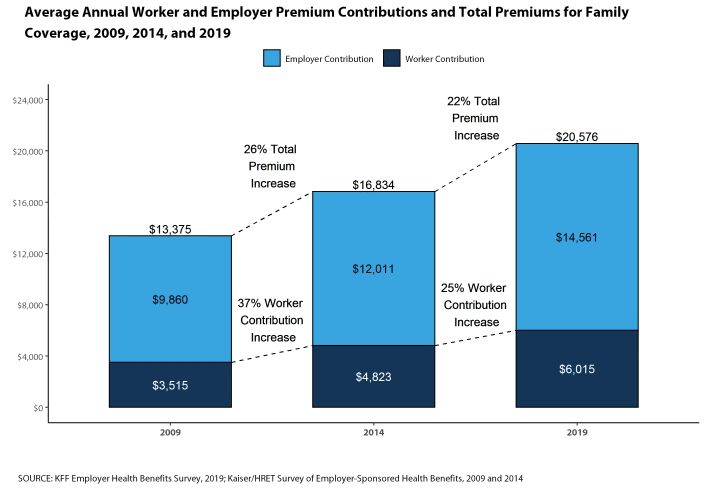
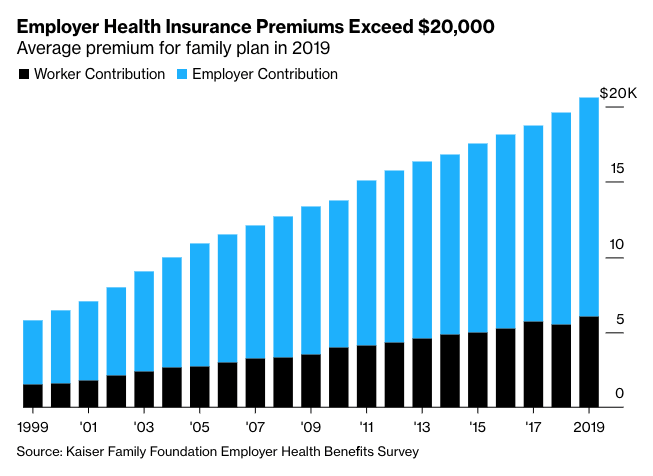
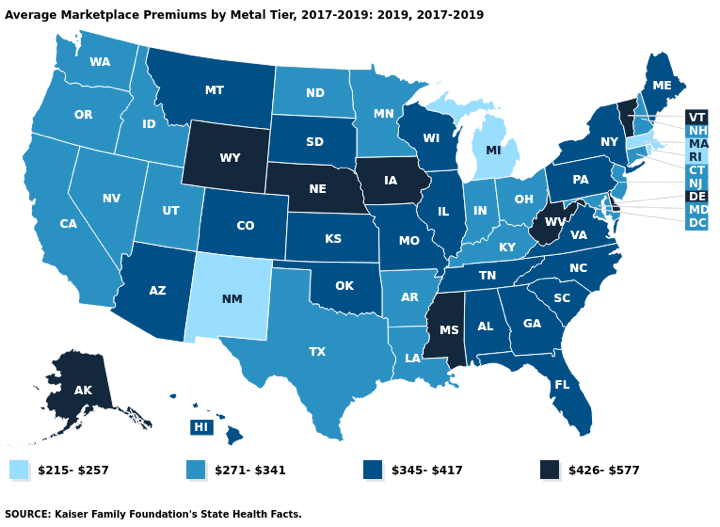



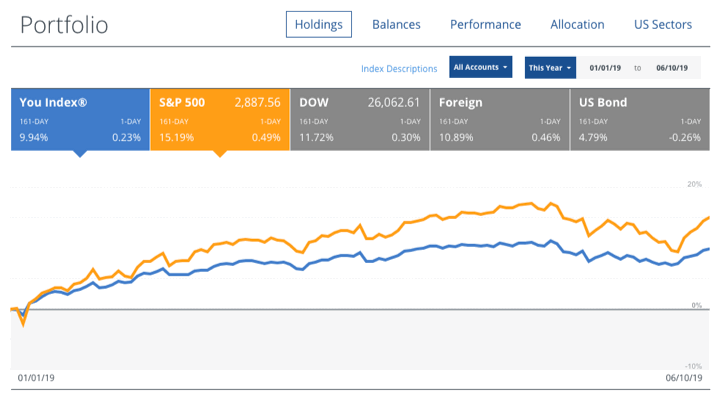
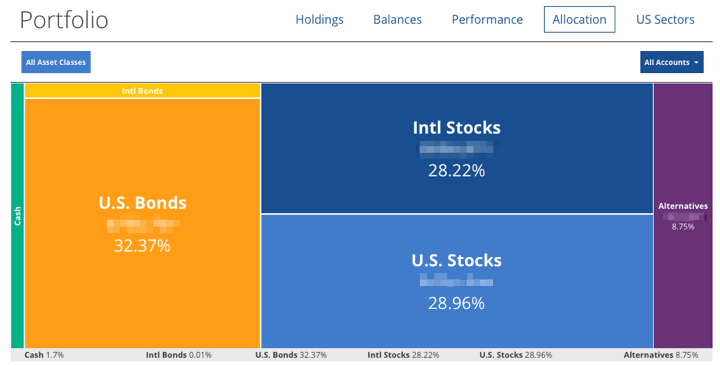
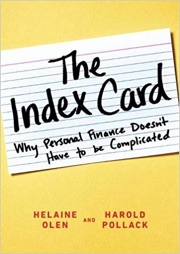
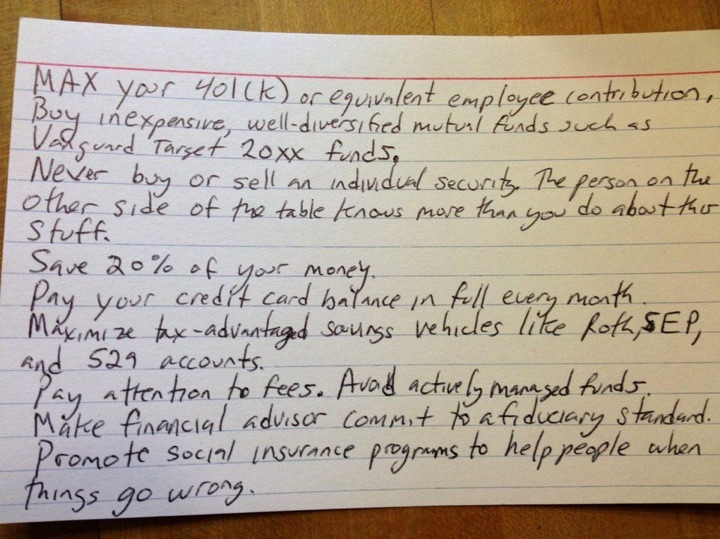
 The Best Credit Card Bonus Offers – 2025
The Best Credit Card Bonus Offers – 2025 Big List of Free Stocks from Brokerage Apps
Big List of Free Stocks from Brokerage Apps Best Interest Rates on Cash - 2025
Best Interest Rates on Cash - 2025 Free Credit Scores x 3 + Free Credit Monitoring
Free Credit Scores x 3 + Free Credit Monitoring Best No Fee 0% APR Balance Transfer Offers
Best No Fee 0% APR Balance Transfer Offers Little-Known Cellular Data Plans That Can Save Big Money
Little-Known Cellular Data Plans That Can Save Big Money How To Haggle Your Cable or Direct TV Bill
How To Haggle Your Cable or Direct TV Bill Big List of Free Consumer Data Reports (Credit, Rent, Work)
Big List of Free Consumer Data Reports (Credit, Rent, Work)